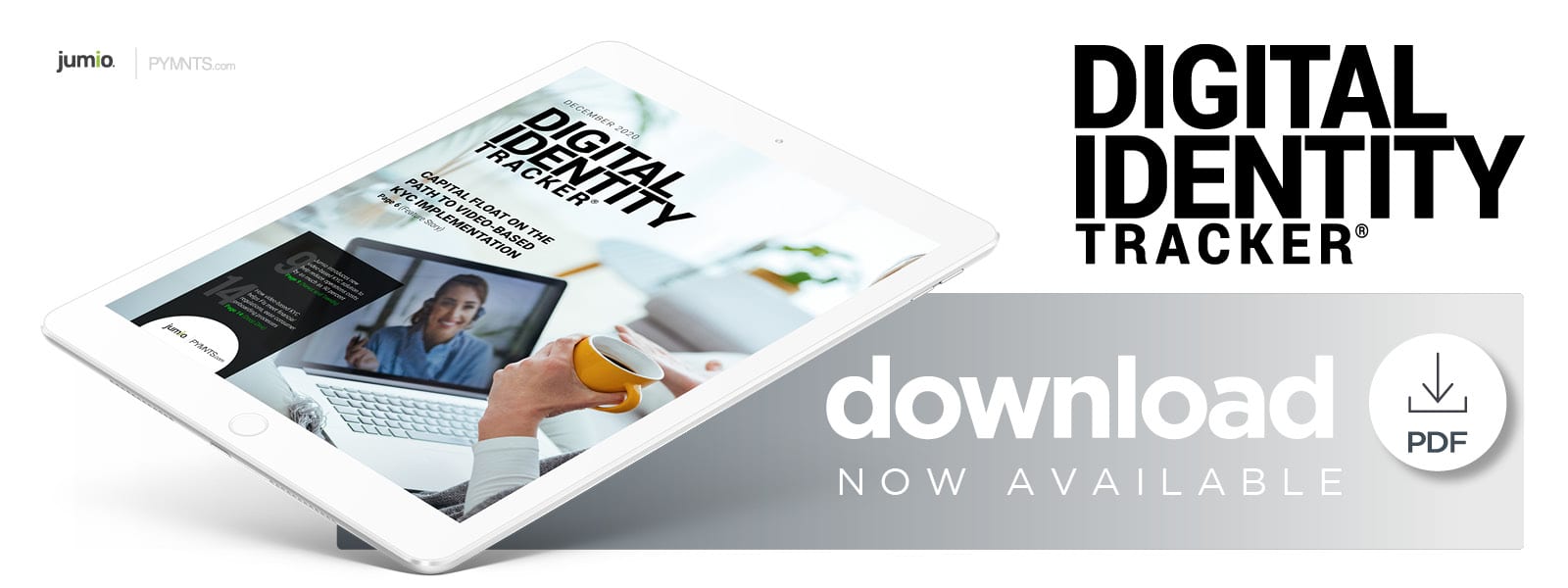Deep Dive: Why Video-Based KYC Is Key To Seamless, Cost-Effective FI Onboarding

The need for financial services providers to properly verify potential customersʼ identities took center stage in 2012 — the year HSBC, Europeʼs largest bank, was fined nearly $2 billion for allowing $881 million in laundered cash to pass through accounts linked to Mexican drug cartels. The London-based bankʼs executives avoided potential jail sentences. Still, it was a wake-up call for the industry, showing that such lapses could result in significant fees and criminal prosecution if basic due diligence is not followed.
Financial laws governing such transactions date back to 1970 when the Bank Secrecy Act (BSA) was enacted, requiring financial institutions (FIs) to report transactions of $10,000 or more. Know your customer (KYC) policies were introduced with the Patriot Act in 2001 following 9/11, intended to help stem the flow of funding to terrorists. KYC regulations require companies to prevent money laundering and protect themselves from being linked to criminal enterprises by accurately verifying their customersʼ identities.
The Financial Industry Regulatory Authority, a private corporation that acts as a self-regulatory organization, adopted new KYC rules in 2012 requiring its broker members to use “reasonable diligence” to open and maintain every account. Banks and other FIs must be certain that their clients are who they claim to be and adhere to AML compliance — or be held accountable.
Video-based KYC is an effective digital technology used increasingly to confirm customersʼ identities while also speeding and simplifying sign-up. This method allows banks and merchants to verify customers through video interviews and biometric authentication, which are checked against physical documents. Video KYC promises to reduce inefficiencies, boost accuracy and make the onboarding process seamless and compliant. Advocates of the strategy say it provides banks with an error-free way to onboard customers while reducing fraud and preventing application abandonment.
Reducing FI Onboarding Time, Costs
Video-based KYC enables FIs to safely onboard customers in a convenient, contactless way while the pandemic requires social distancing. Another key advantage is that video ID can reduce verification time from days to minutes. Onboarding corporate customers for business accounts, for example, can take even as long as one month, and these lengthy waits are quite costly for large FIs, amounting to more than $500 million annually spent on due diligence. However, cutting corners on these processes also comes at a price, with up to $3.9 million annually going toward bank fines. The value of customers lost to lengthy KYC checks cannot be ignored, either, as they are expected to cost banks an estimated $168.9 million by 2025. FIs that leverage video-based KYC can reduce customer onboarding costs by as much as 90 percent.
Speedy, secure onboarding is vital at a time when consumers have to use digital banking to prevent health risks. Online account openings increased by as much as 15 percent when social distancing mandates were implemented. One study revealed that 73 percent of U.S. adult consumers are more likely to use digital banking in response to these mandates. Not just any digital banking platform will do, however: 38 percent of customers consider user experiences to be essential when selecting online banking services. Video verification is one way to ensure smooth experiences and build trust.
The market for such tools is ramping up as well, with more customers enrolling online and demanding quick, secure onboarding processes. Mastercard is launching a video-based KYC service with biometric technology to that end under a recent partnership with a digital onboarding solutions provider. The companies report that the process can be completed 99 percent faster than traditional paper-based processes when one-on-one video is harnessed, especially when high volumes of KYC checks need to be performed.
Banking For The Unbanked
Video KYC also holds the potential to reach the nearly 1.7 billion consumers worldwide who lack bank accounts. The Federal Reserve estimates that 6 percent of U.S. adult consumers — about 15 million individuals — are unbanked. Technological advances could help FIs overcome the hurdles that keep unbanked individuals from joining financial networks, such as lack of trust in banking systems or geographic limits that prevent consumers from visiting branches. Many of the unbanked are convinced that obtaining an account is out of reach due to the scrutiny they must endure and how long the process can take.
Video-based KYC can break down these barriers by verifying potential customersʼ identities remotely from their homes and can build trust with face-to-face interactions and easy-to-use processes. Banks can thus use these tools to reach areas where unbanked consumers lack nearby branches and familiarize them with the possibility of joining the banking economy. Three-quarters of underbanked households have access to mobile devices, affording banks the opportunity to reach these markets without letting physical barriers hold them back.

